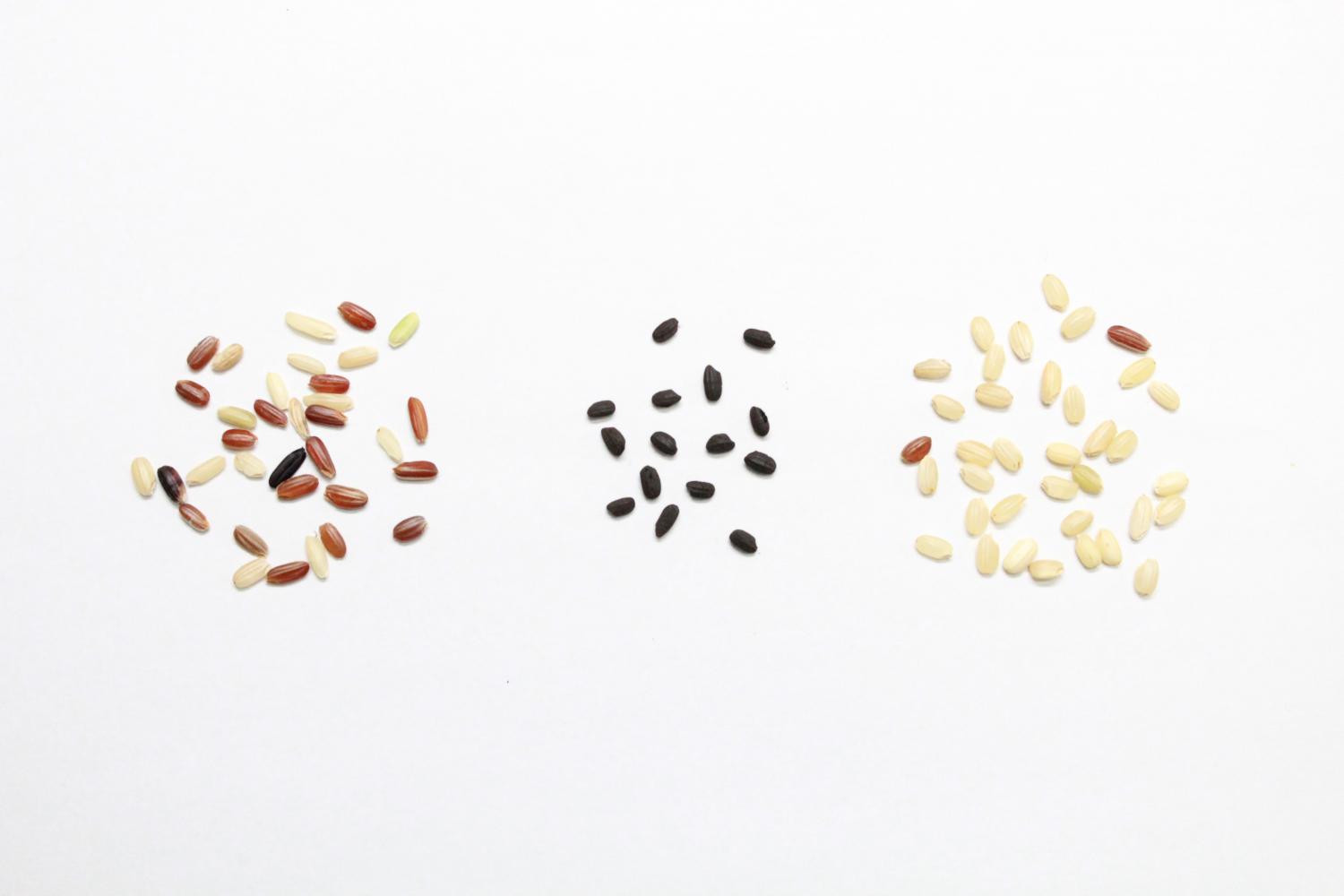
Researchers from Japan and China have investigated the ancient history of cultivated rice. They have done this by examining the genes from 950 to 2,800-year-old grains.
The researchers were interested in how the two main types of rice called japonica and indica spread geographically across the Asian continent.
The long grain rice (Oryza sativa var. Indica), is today more common in tropical climates, e.g India. The round grain rice (Oryza sativa var. Japonica), is more common in temperate climates, e.g. China, Japan, USA, and Europe.
The team of Japanese and Chinese scientists was able to successfully determine DNA sequences using new techniques to carefully cull chloroplast DNA from ancient rice 900-2,800-years-old, which had been excavated from seven archaeological sites in Japan and Korea.
The DNA from the ancient rice were then compared to a database consisting of 216 modern cultivated and wild rice DNA samples from across the world.
They found that indica rice was historically cultivated in East Asia or imported to East Asia almost 2,000 years ago. They also found the presence of both japonica- and indica-type varieties in the Yayoi period and the middle ages of Japan and the middle part of Korea Peninsula 2,000 years ago.
The indica rice was previously believed to have been introduced in these regions in the 1400’s AD – much later. The Southern rice probably reached these areas through trade, to northern latitudes earlier than previously believed. Indica rice could have been brought via China, which was governed by the Chinese Han Empire during this era.
We have shown a decrease in number of the rice cultivar in East Asia from 2,000 years ago to the present
– The authors write.
Reduction of genetic diversity by factitious bottleneck is one of the key aspects in domestication process. In addition, development of civilization and technologies has accelerated further reduction of genetic diversity in the modern era. Advanced agricultural technologies including water management, fertilizer and agrochemical enabled farmers cultivating rice fields under different environmental condition to produce varieties having higher value in market. Modernization has promoted sharing of the sense of values, causing homogenization of crop varieties produced.
The study successfully demonstrates the ability of ancient DNA studies to provide new insights into archaic rice diversity and domestication, which otherwise have not been made from DNA evidence solely from modern rice. The DNA shows that rice has been cultivated for far longer than previously thought and that fewer varieties exist today than 2000 years ago.
_____________
Masahiko Kumagai et al. Rice varieties in archaic East Asia: reduction of its diversity from past to present times. Molecular Biology and Evolution, 2016.
__________________________











![OpenAI. (2025). ChatGPT [Large language model]. https://chatgpt.com](https://www.illustratedcuriosity.com/files/media/55136/b1b0b614-5b72-486c-901d-ff244549d67a-350x260.webp)
![OpenAI. (2025). ChatGPT [Large language model]. https://chatgpt.com](https://www.illustratedcuriosity.com/files/media/55124/79bc18fa-f616-4951-856f-cc724ad5d497-350x260.webp)
![OpenAI. (2025). ChatGPT [Large language model]. https://chatgpt.com](https://www.illustratedcuriosity.com/files/media/55099/2638a982-b4de-4913-8a1c-1479df352bf3-350x260.webp)








